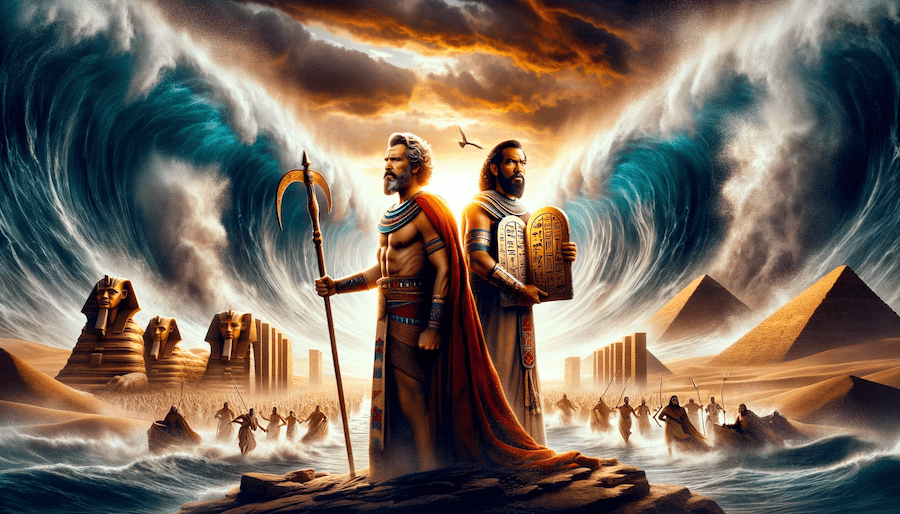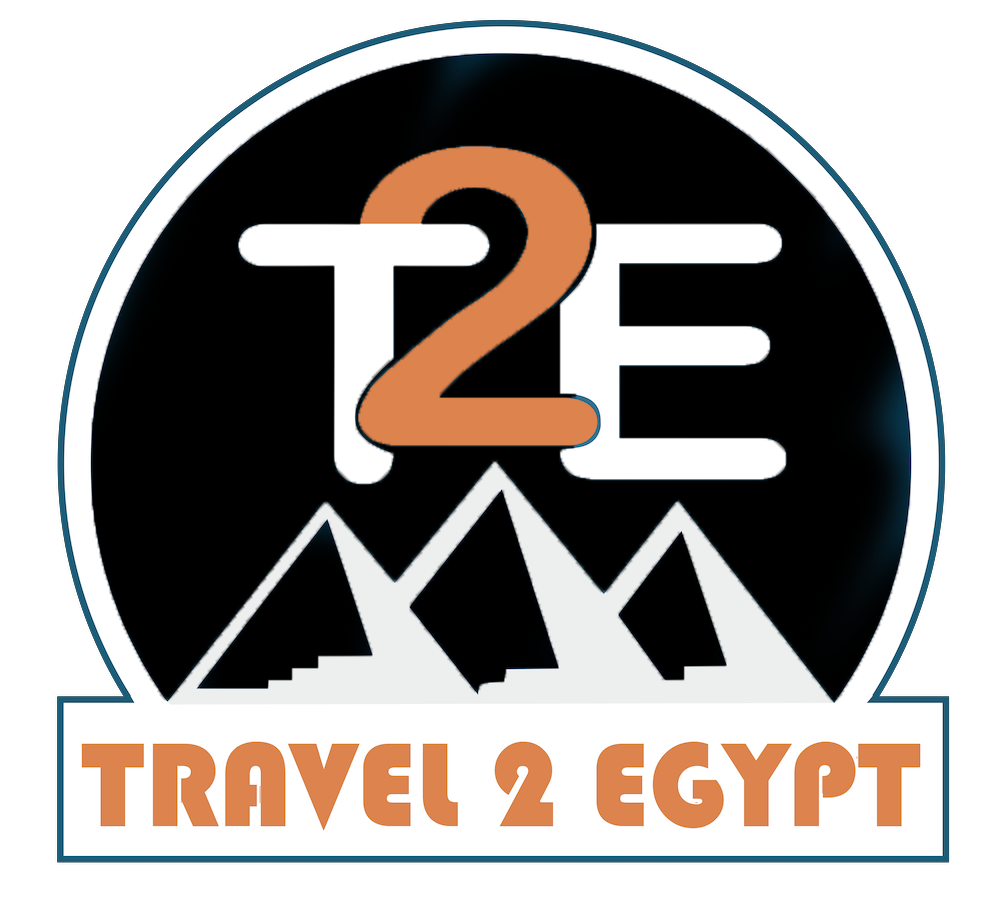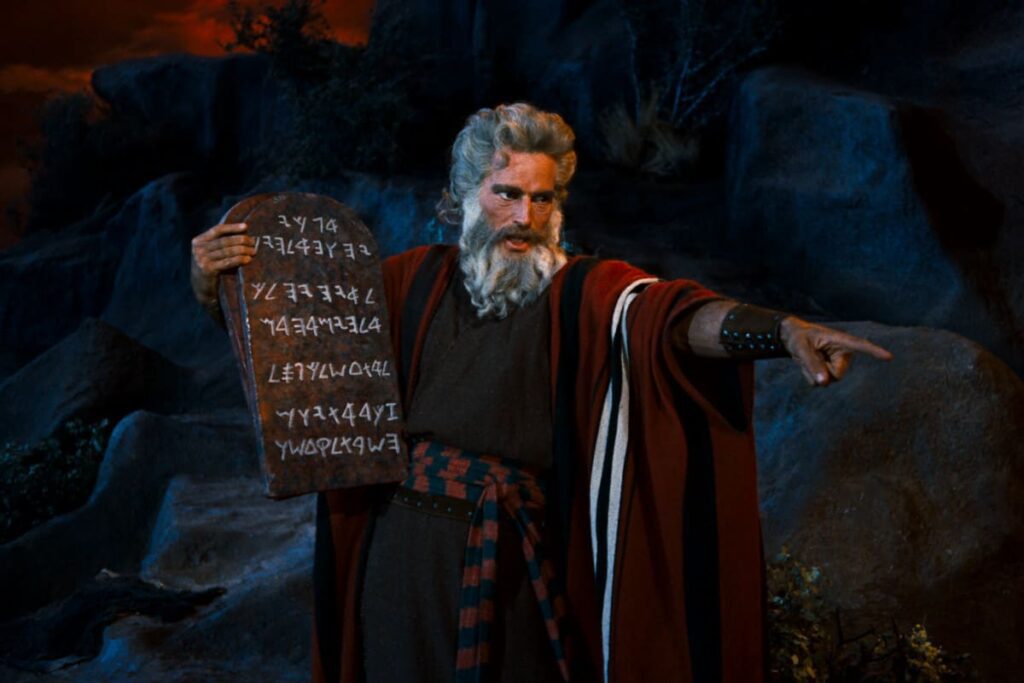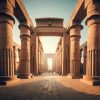Deciphering Fact from Fiction
The fascination with ancient Egypt has permeated every aspect of pop culture, making the exploration of Hollywood vs History – Egypt in the Movies an intriguing journey through cinema and historical fact. This phenomenon is not just about the allure of its ancient monuments and legendary pharaohs; it’s about how these elements have been depicted through the lens of Hollywood. Films ranging from the epic “Ten Commandments” to the visually captivating “The Prince of Egypt” have brought the wonders of Egypt to the global stage, albeit with a dose of creative liberty that often strays from historical accuracy.
The Myth of the Mummy’s Brain
One of the most vivid images Hollywood has seared into the public’s imagination involves the process of mummification, particularly the removal of the brain. Films like “The Mummy” showcase a dramatic and gruesome method involving a red-hot hook. However, the reality, as pointed out by Mummy Specialist Dr. Joann Fletcher, is far less sensational. The ancient Egyptians did remove organs to preserve the body, but the brain was often left intact due to the complexity of its removal. This revelation underscores a significant departure from Hollywood vs History: Egypt in the Movies, where the dramatic often overshadows the factual.
The Creative Liberty of Egyptian Monuments
The depiction of Egyptian monuments in films can sometimes lead to confusion and misconceptions. For instance, “The Prince of Egypt” presents a blend of historical and fictional elements, particularly in its portrayal of monuments. The film features a mishmash of architectural wonders that, while visually impressive, do not accurately represent historical facts. This blend of truth and fiction is a common theme in Hollywood vs History: Egypt in the Movies, with filmmakers often prioritizing narrative flair over historical precision.

The Abu Simbel temples and the Colossi of Memnon are prime examples of the awe-inspiring monuments that films attempt to emulate. These sites embody the grandeur and ambition of ancient Egyptian rulers, offering a glimpse into the civilization’s architectural prowess. However, the reality of these monuments is far more complex and fascinating than any film could convey, highlighting the gap between Hollywood’s interpretations and historical truths.
The Enduring Legend of Moses
The story of Moses is a narrative thread that runs through both religious texts and cinematic epics. Films like “The Prince of Egypt” and “The Ten Commandments” offer differing accounts of Moses’s origins and his relationship with the Egyptian royal family. This variance in storytelling reflects the broader theme of Hollywood vs History: Egypt in the Movies, where creative interpretations often lead to a melding of fact and fiction. The question of Moses’s historical existence and his role within the Egyptian dynasty remains a topic of debate among scholars, further illustrating the complexities of separating cinematic fiction from historical fact.
Debunking the Pyramid Myth
The construction of the pyramids is a subject rife with misconceptions, largely propagated by Hollywood. Films such as “10,000 BC” present an anachronistic and fantastical version of history, involving primitive tribes and woolly mammoths building pyramids. This portrayal is a stark contrast to the archaeological evidence suggesting that the pyramids were built by skilled laborers, not slaves. This myth-busting underscores a crucial aspect of Hollywood vs History: Egypt in the Movies – the importance of distinguishing between entertainment and historical reality.
Discover the Authentic Egypt
While Hollywood’s depictions of ancient Egypt offer a gateway to the wonders of this ancient civilization, they often blur the lines between fact and fiction. For those seeking a deeper understanding and authentic experience of Egypt’s rich history, there is no substitute for exploring the land itself. Booking an Authentic Nile Cruise or a Tour of Egypt provides an unparalleled opportunity to witness the majesty of the pyramids, the grandeur of the temples, and the timeless beauty of the Nile, far beyond what any film can capture.
Hollywood vs History: Egypt in the Movies serves as a fascinating lens through which to explore the intersection of entertainment and historical accuracy. As we peel back the layers of cinematic embellishment, we uncover the true essence of Egypt’s enduring legacy – a civilization that continues to captivate, inspire, and intrigue the world.

Faris is the passionate founder of Travel2Egypt, deeply connected to Aswan’s essence. He aims to share the true heart of Egypt through its rich history, vibrant culture, and the warmth of its people. Join Faris to experience the magic of Aswan beyond the usual tourist paths.





